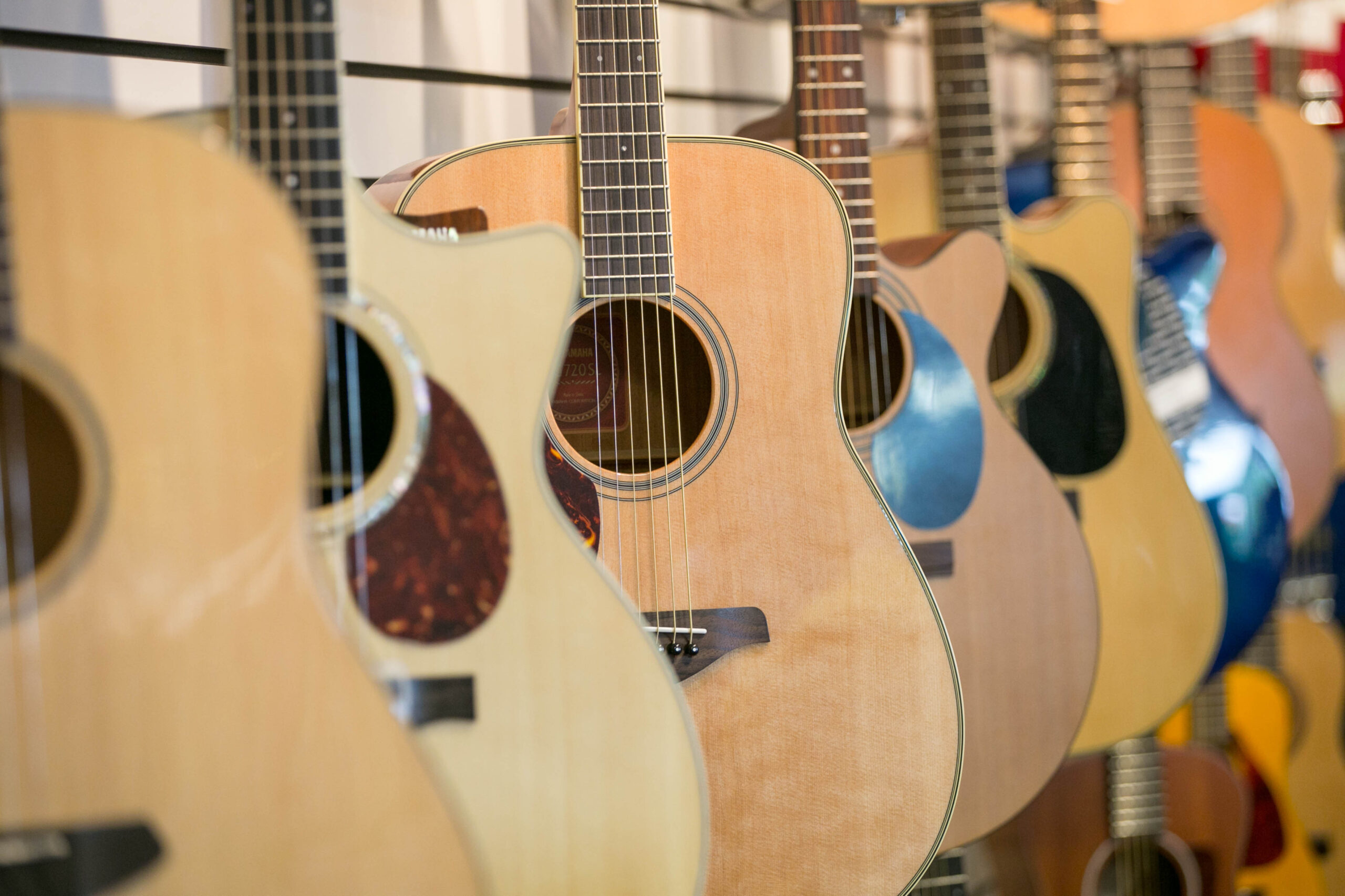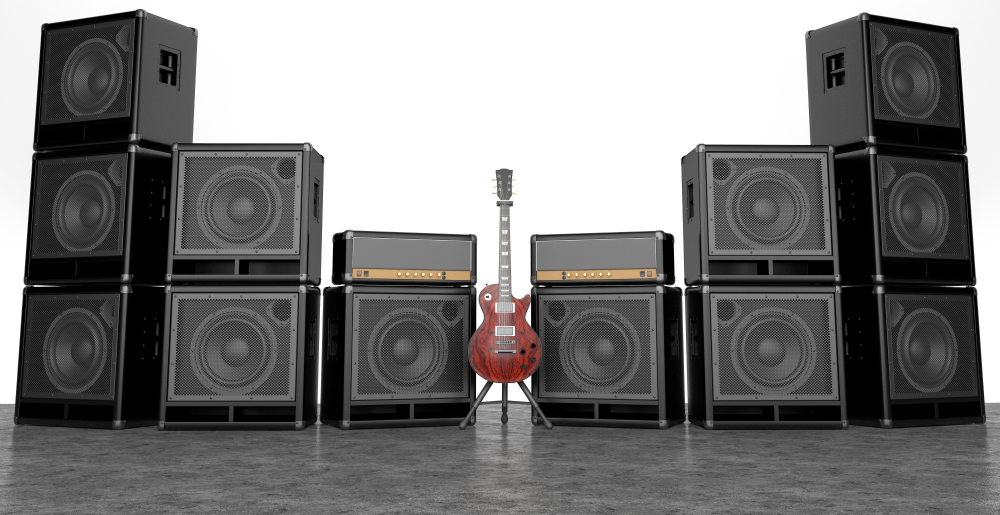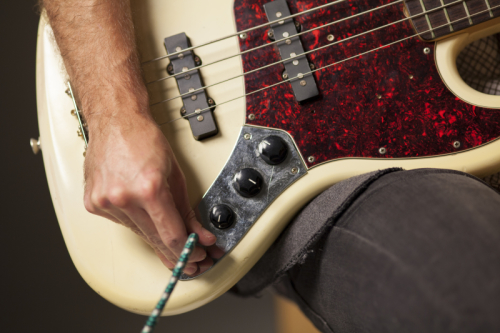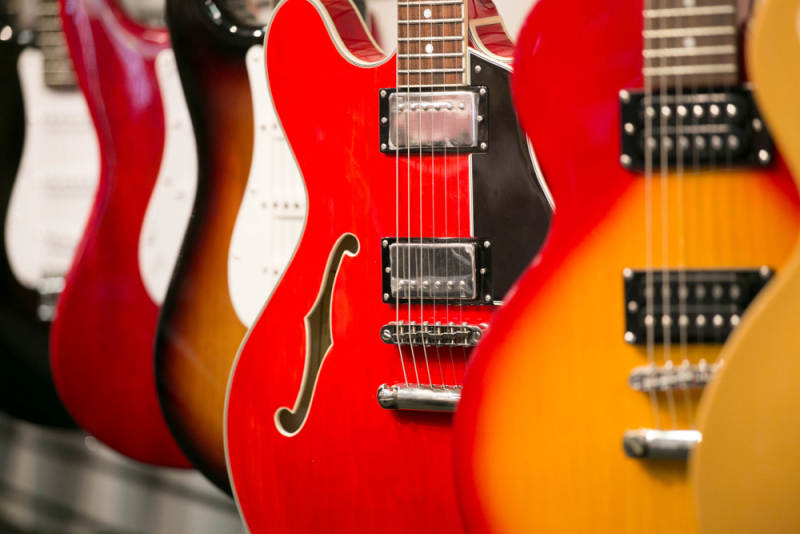April 09, 2015
What are Brass Instruments?
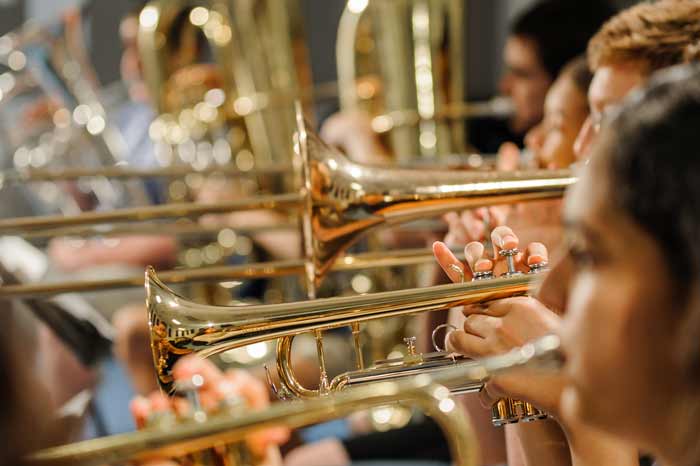

Many of the world’s most important genres, including jazz and orchestral music, wouldn’t be possible without the use of brass instruments. From Duke Ellington and Louis Armstrong to Mozart and Bach, many of history’s most beloved musicians and composers relied heavily on the use of brass instruments in their music. Whether you’re new to the world of brass instruments or have some understanding, this helpful guide will explain the differences between the many different types of brass instruments.
Trumpet
This ancient brass instrument dates back to the 15th century, and has the highest register in the brass family. Played by blowing air through almost-closed lips, changing the lip tension on the mouthpiece and the fingerings on the trumpet’s valves will change the notes produced by the trumpet player. Although the standard orchestral trumpet is built in B-flat, models in D, C, and other pitches exist. As a result, music for all trumpet models is written as if they are C trumpets, allowing the player to easily switch instruments without having to learn new fingerings.
Cornet
Derived from the post horn around 1820 in France, the cornet first appeared as a separate instrumental part in compositions from the 19th century. Very similar to the trumpet, a cornet is distinguished by its conical bore, compact shape, and mellower tone quality. Typically, cornets are used in different ensembles than trumpets due, in part, to the difference in tone. The vast majority of brass instrument players started their lessons on a student cornet, such as The Getzen 381 Series Student Bb Cornet, as they’re smaller and easier to handle at a young age.
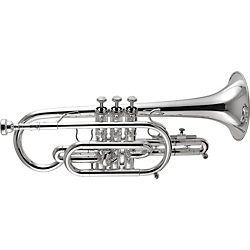

French Horn
Made from a 12-foot long coiled metal tube that flares into a bell shape at the base, the French horn is the third-highest-sounding instrument in the brass family, below the cornet and trumpet. With variations that include a single horn, double horn, compensating double horn, and a triple horn, each has its own specialized characteristics and uses. While double and triple horns tend to be favored by those with an advanced proficiency of the French horn, single horns are frequently used by younger students due to their light weight, low cost, and ease of use.
Euphonium
Also known as a baritone tuba, the euphonium is the most common type of tuba available on the market. Derived from the Greek word for “well-sounding” or “sweet-voiced”, the euphonium is known for its distinctive tone color, wide range, and agility. Although nearly all modern-day euphonium models are piston valved, rotary valved models do exist. Taking care of a euphonium is very similar to a tuba or trumpet- simply oil the valves every now and then and grease the sides as necessary.
Trombone
When translated from Italian, the word trombone literally means “large trumpet”. As with all brass instruments, the sound is produced by buzzing the lips into the attached mouthpiece. Unique to the trombone is the slide- a mechanism that varies the length of the instrument in order to change the pitch. Students who play the trombone should have a good ear, as those who have an ability to match pitches will know when the slide is too far in or out. Since the slide is very delicate, caring for a trombone is slightly more difficult than other brass instruments. Many experts recommend purchasing a hard wood or plastic case to protect your trombone during transport.
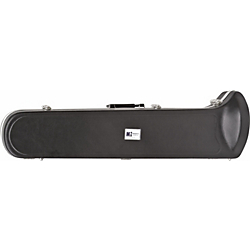

Baritone Horns
With a distinct look and a low-pitched tone, the baritone horn is common in school and university bands. Although the baritone horn is smaller and lighter than a euphonium, the two are often confused with each other. As with most brass instruments, different components work together to produce the sound, including the tubing, the mouthpiece, the bell, and the valves. The baritone horn is a great option for beginners, as its small size won’t tire novice players out as much as other horn alternatives.
Tuba
As the largest and lowest-pitched instrument in the brass family, the tuba is easily recognizable from other brass instruments. Since it first appeared in the 19th century, it is one of the newer instruments in modern-day orchestras and bands. While the tuba can be a solo instrument, it’s typically used in conjunction with 2-3 other tubas in a marching or military band. Generally constructed of brass, extra care must be taken, especially if the brass is unfinished, to polish the brass, maintain the appearance of a tuba, and prevent the instrument from becoming tarnished.
Sousaphone
Named after John Philip Sousa, a composer and bandmaster who used the instrument in his band, the sousaphone is a type of tuba designed specifically for marching bands. Designed to fit around the body of a musician, the sousaphone is easier to play while standing or marching than other brass instruments. Although sousaphones are technically the same size and pitch as other tubas, the main difference is that the coiling is tighter and more compact- making it easier for band members to transport and carry.
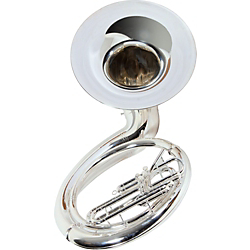

For information on how to care for your brass instruments, check out our Caring for Your Brass Instrument guide.




